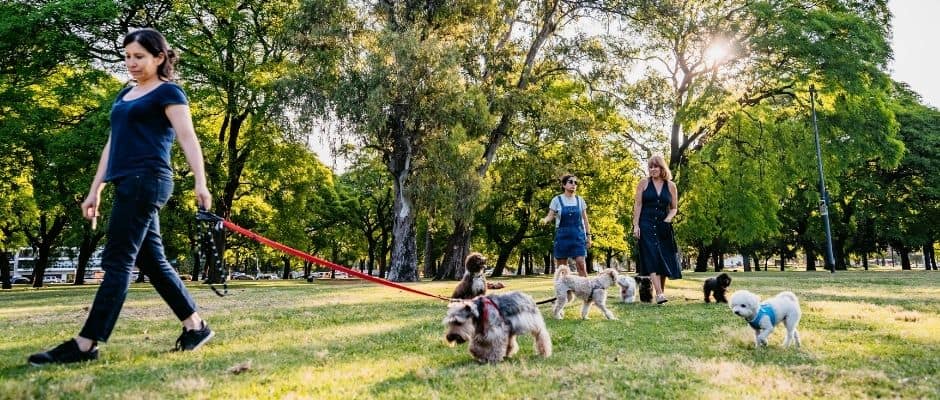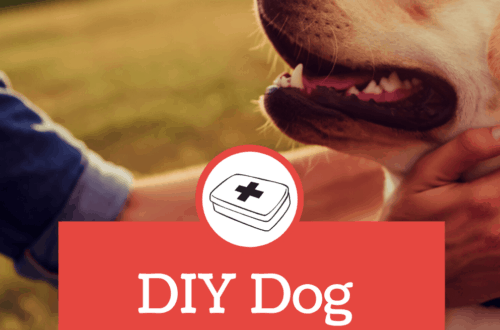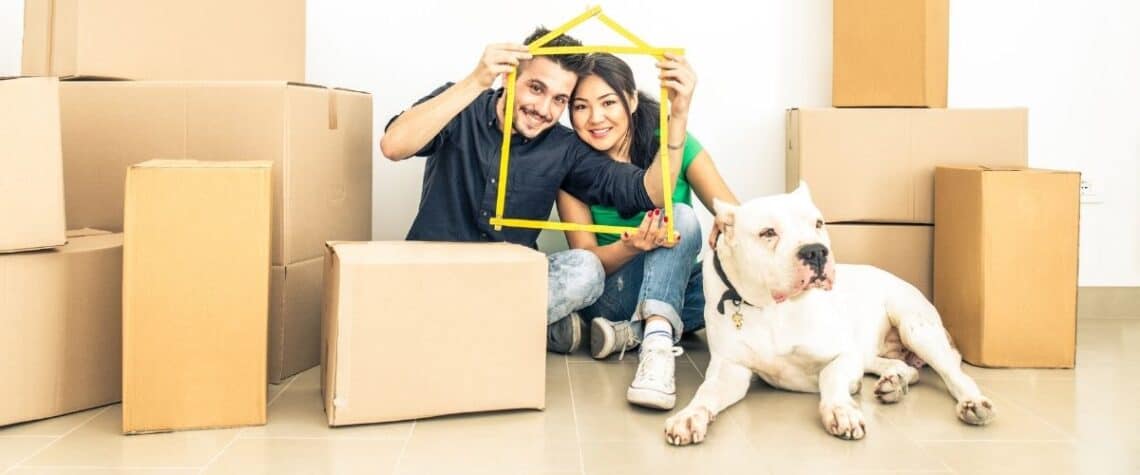
How to Buy a Pet-Friendly Home in Houston
You know what you want in a new home. High ceilings, recessed lighting, marble counter tops. But what about what your dog needs? What does it take to make your Houston home “pet-friendly?”
I talked to Cheryl McCleary, a realtor with Berkshire Hathaway HomeServices and a pet-friendly Houston realtor, to find out.
As a pet-friendly realtor, Cheryl helps pet owners shop for a home that delivers on both human and dog specs! A dog owner, Cheryl’s website, HoustonRealtorandDogMom, includes stories about her pack of three rescue dogs, plus house-hunting tips. Cheryl also hosts The Pup Stop on Wakefield, a lending library-style free dog treat box in Garden Oaks.
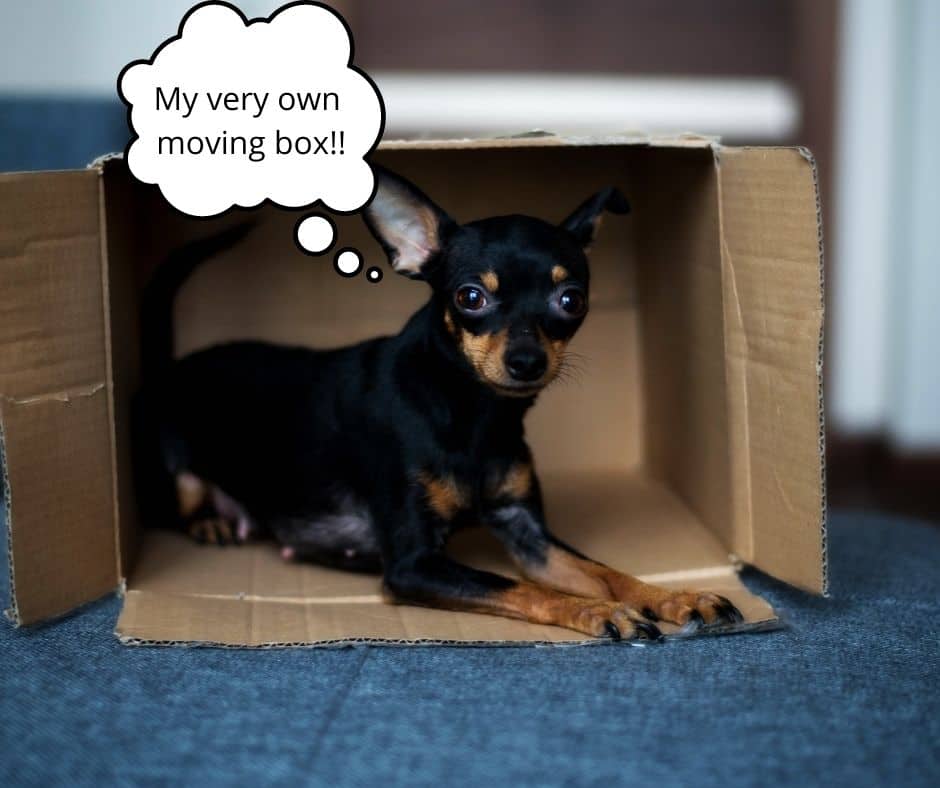
Tips for Buying a Dog-Friendly Home in Houston
Cheryl recommends that home-buyers consider these elements when shopping for a dog friendly home in Houston.
- Layout of the house. If you have an older dog, or a short dog breed like a bulldog or dachshund, you may want to consider a one-story home.
- Flooring. Most dog owners agree that carpet collects fur and dirt. You may want to look for a tile entry-way, which can be more up to muddy paw prints. Look for scratch resistant hardwood floors. Or consider a tile that looks like wood, or even high-quality linoleum.
- Utility Room. A utility room with tile makes a great place to enter/exit the home with your dog, plus a handy spot for potty bags, leashes and brushes.
- Type and Height of Fencing. Is the fence made of wood? Rod iron? Chain link? Will your dog be able to jump the fence or climb over it? If it’s chain link or rod iron, are their neighboring dogs, which could create daily bark-fests?
- Yard space. The size of yard you need will depend on both the size of dog and the number of dogs.
- Neighborhood accessibility. Outside of your yard, is the neighborhood amenable to walking dogs? Are there sidewalks? Cars parked on the side of the street? Traffic patterns after work?
- Public Parks & Trails. And once outside of your neighborhood, what’s the proximity of dog parks, general parks and walking trails?
- HOA Restrictions. Some HOAs have breed-specific restrictions, forbidding ownership of dogs like Rottweilers, Doberman, German Shepherd or Pit Bull mix. They may also restrict the number of dogs allowed. Make sure you find out about these details before closing.
- County or City Restrictions. Some counties or cities also may restrict the number of dogs or cats that you are allowed to have in your home. For example, here are the pet ownership restrictions for the city of Houston:
It is unlawful for any person to own, keep, possess or have control over four or more adult dogs, four or more adult cats, or any combination thereof exceeding three adult dogs and three adult cats on residential property within 100 feet of any other building used for human habitation.
Municipal Code, City of Houston Texas
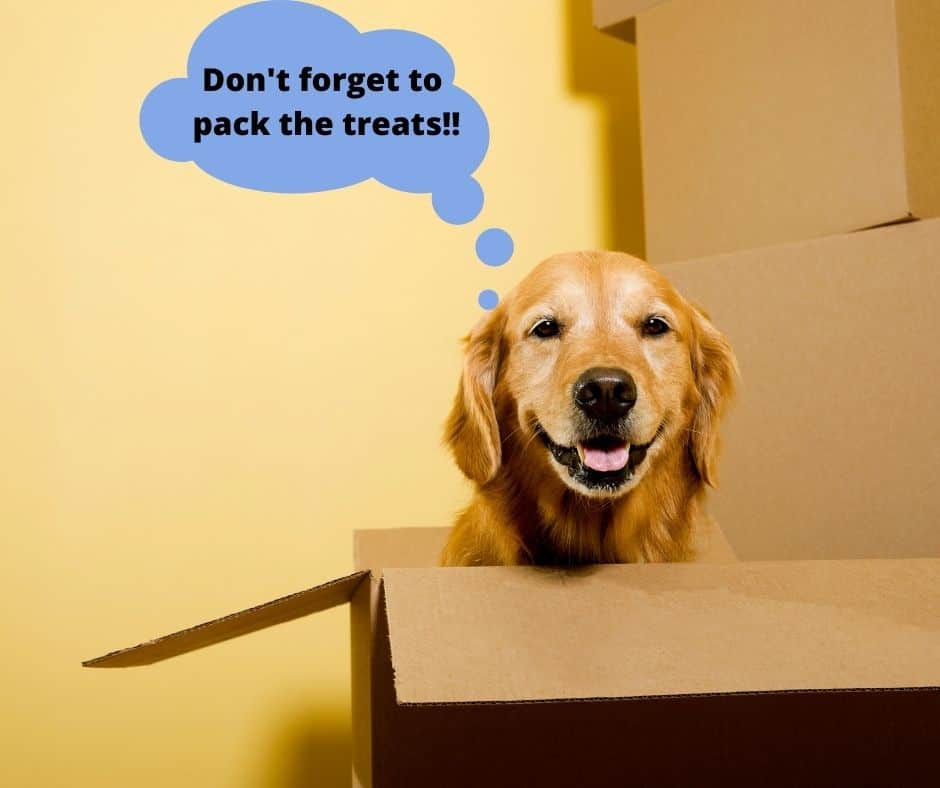
How to Make Your New Home Pet-Friendly
Once you have purchased your new home, here are the things Cheryl recommends doing to make your home pet friendly before you move in.
Walk the Fenceline. Make sure your back yard is secure. You’ll have different considerations depending on the type of fencing.
- Wood Fencing: Check to see if the rot board at the bottom of the wooden fence has done it’s job (i.e. is it rotten and does it need to be replaced). Check for wooden slats that are loose.
- Rod Iron Fencing. Confirm your dog can’t sneak through. Dogs are amazingly flexible and determined. They can fit through a space smaller than you can imagine. (Doug Dog, our co-blogger, has twice gotten stuck half-way through a rod iron fence. He’s 50 lbs.)
Fix Loose Baseboards. Dogs love puzzles. Think of a loose baseboard as a puzzle that your dog will try to solve. Now get out your hammer and remove the puzzle.
Check the Landscaping. Make sure you don’t have any poisonous plants in your yard. In the Houston area, the most common accidental plant poisoning for dogs is the Sago Palm. Remove those from your back yard.
Dog Proof the Gate. The gate is often the weak spot in your back yard’s security. It’s built to swing open and shut, thus has clearance space above the ground. Clearance space = escape opportunity.
TIP: Install a cement pad at your fence gate. Your dog won’t be able to dig under the gate, but you’ll maintain full access to your back yard.
Talk to the Pest Control People. The prior owner of the home may have used a professional pest control company. Contact them to find out what areas of the home or lawn have been treated, and what was used. Make sure to remove any poisons that could be toxic to your pet, before moving in.
Once you’ve checked out these items, consider adding an electronic dog door or make other adjustments to create a dog friendly backyard.
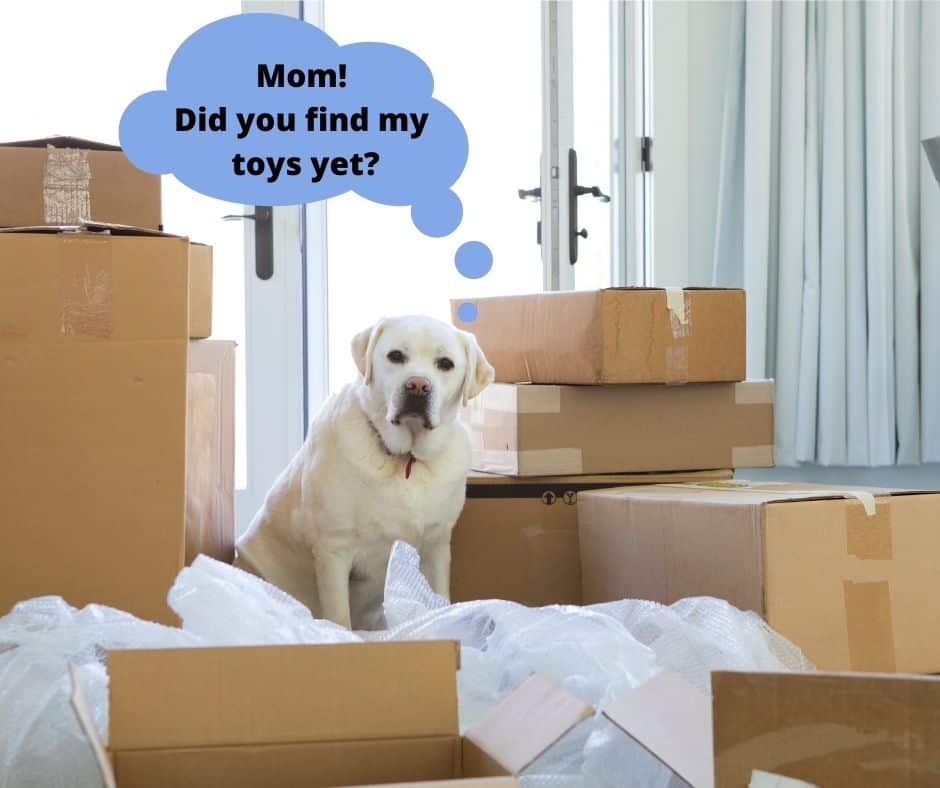
Helping Your Dog Adjust to a New Home
The day is finally here! You’ve worked with a pet friendly realtor to find your new home, and made sure the house is pet friendly. You’re ready to settle in along with your dog. Here’s how to help your dog adjust to a new home.
Pet-Sitter for the Move. On moving day, arrange to take your dogs to boarding or leave them with a friend who they are familiar with. Don’t run the risk of a dog escaping when moving things in and out of the home.
Bring the Familiar. Considering buying a brand new dog bed for your new home? We recommend bringing the old dog bed instead, and the old blankets. The scent of their bed will help the dog feel more relaxed in your new home.
Do a Walk Through. Walk your dog through the new home and let them sniff. Show them which door to use when they want a potty break. Show them where their food and water bowls are.
Maintain the Status Quo. Work to maintain your dog’s walking and feeding schedule. They may feel anxious about the new environment. Maintaining your routine will help them adapt faster.
Limit Access. Start out by limiting your dog’s space in the house. Walk them around and show them the home, but don’t allow full reign immediately. Once things are unpacked, gradually add more space to their realm.
Mind the Step. Is a full set of stairs new to your dog? Train them on going up and down the stairs. Use a baby gate to restrict access until you are sure they have it. Wood stairs can be slippery, especially for older dogs. Or maybe your dog has something more exciting in mind, like Tank the English Bull Terrier.
Monitor them in the Yard. Walk the perimeter of the yard with your dogs to show them what they now have access to. Don’t leave them in the back yard unattended until you have watched them and found possible trouble areas for escape or injury.
TIP: Get new tags before you move! Also remember to update your address on your dogs microchip. If your dog escapes your new home, they may struggle to find you, since they are unfamiliar with the area.
Introduce your dogs to any new elements in your home. Do you now have a pool? If so, your dog needs to know how to swim, and even more importantly, how to get out of the pool once they have gotten in.
After the Move: Joining Your New Dog Community
Now that you have moved in to your new dog friendly home, the adventure begins. Here are some ways to get settled in, and connect with other dog owners in your area.
First up, know the area resources for your dog. Jump online to find the best dog boarding and doggie day care, the best groomer in your area, specialty pet stores, or even Houston area dog swimming pools.
Next, join dog related groups on Next Door or your neighborhood Facebook page. Not only can you make new dog friends, but it’s the place to post if your dog does get loose. These groups can also help you find the best dog services in your area.
Then, meet your neighbors! Introduce them to your dog. That way if he/she escapes your yard, neighbors will recognize the dog. And when you meet the neighbors, who knows, you may even meet some new doggie friends!
Don’t forget to find a new veterinarian and have your pet’s records transferred over. And while hopefully you will never need it, know the location and route to the nearest 24/7 emergency vet.
